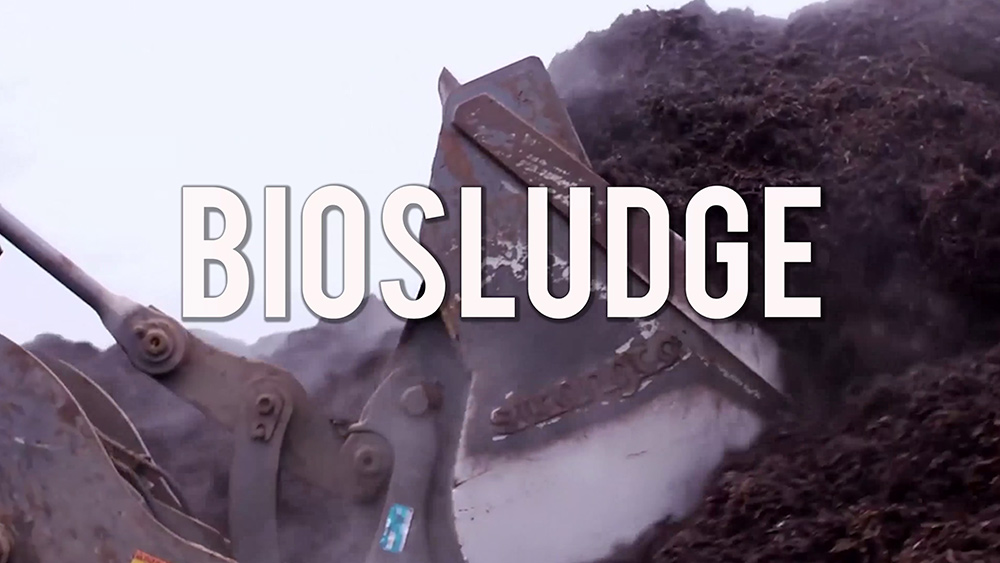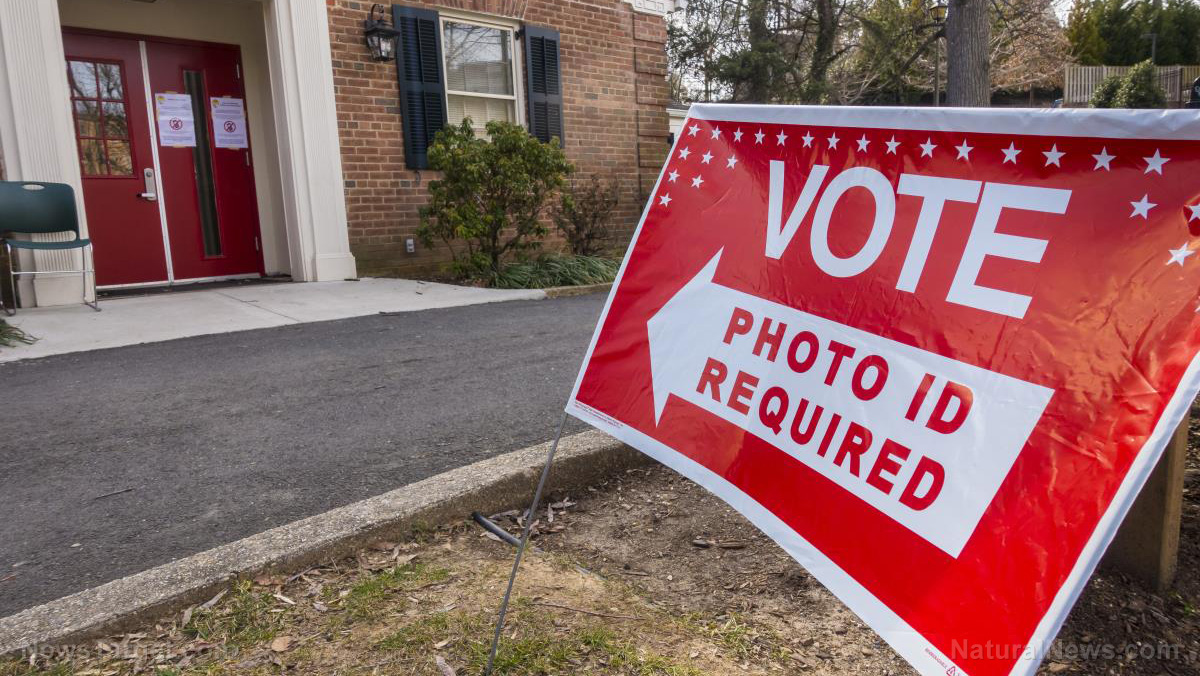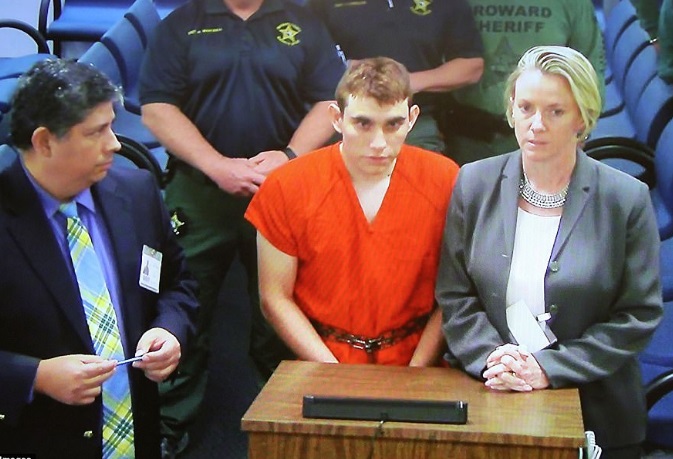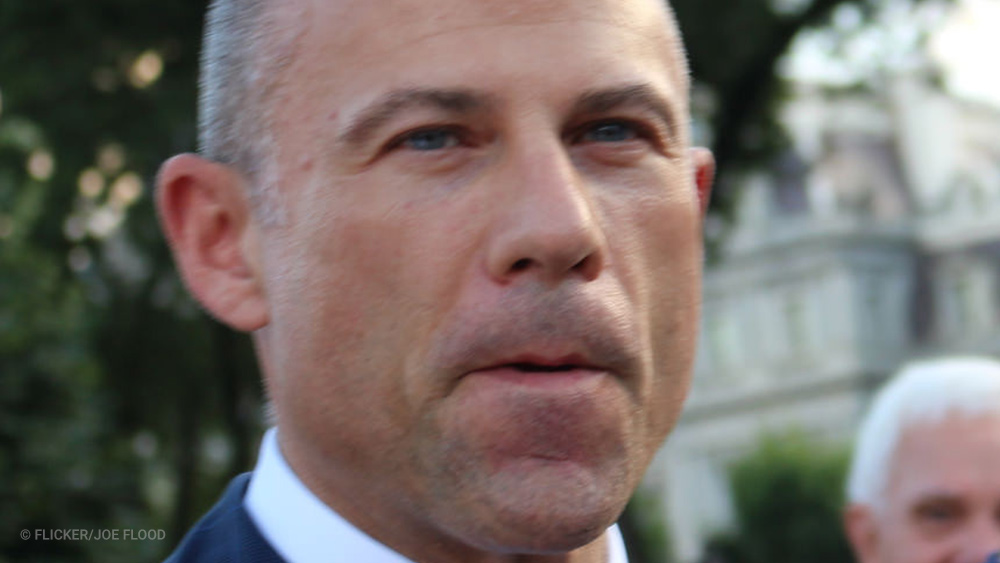Hazardous levels of lead uncovered in Philadelphia playgrounds and swanky neighborhoods
06/23/2017 / By Tim Wesley

Unaware of the danger concealed beneath the vintage decorations and stylish architecture in the fancier parts of Philadelphia, parents have let their guard down, unknowingly exposing their children to toxic substances. One such example is Jana Curtis, whose daughter was poisoned by lead from the soil in their backyard.
The horrifying news came as a total shock. It turned out the neighborhood they lived in used to be filled with lead smelters, or plants that produced lead back in the day. At one time, this part of Philadelphia had 36 lead smelters, more than any other city in the country. Even though these plants have been long gone, remnants of lead have remained buried deep in the soil.
And it has risen from the depths of the earth.
When construction boomed in this part of the state, companies that were not regulated by the government unwittingly dug up lead that had sat dormant for years. Now, kids like Jana’s daughter had to suffer the consequences.
According to KidsHealth.org, each year, 310,000 kids aged one to five are found to have unsafe levels of lead in their blood. This poisoning can lead to a wide range of conditions from stomach pains to behavioral problems. Kids can also develop anemia. Worse, it can affect a child’s brain development.
Lead is hazardous because it can be get inside a person’s system and can be distributed throughout the body the same way minerals and nutrients are transported to different organs. That means lead can wreak havoc to any system they are taken to. It can be ingested, inhaled, or absorbed through the skin. Most lead end up in the bones. It can disrupt the production of red blood cells and the way calcium is absorbed, affecting bone development.
Jana’s daughter, Nolyn, isn’t the only case. There are other families whose kids were lead poisoned. Take Jenni Drozdeck and Dan Morgan for example. Regardless of the precautionary measures they implemented, their daughter Mina still ended up with poisonous levels of lead in her blood: nine micrograms per deciliter.
Reporters investigated the alarming incidences of lead poisoning and scoured 114 locations, including parks, yards, and playgrounds. They soon discovered that three out of four locations had hazardous levels of lead contamination. They found lead dust on sidewalks near construction sites, rowhouse stoops, and even playgrounds where many kids are. There was even one backyard that had lead levels almost 25 times above the acceptable limit.
Lead dust is extremely dangerous especially when inhaled. That’s because it has a clearer pathway towards the brain. That’s probably the reason why the city’s health department attempted to adopt stricter dust-control regulations. However, residents who were interviewed by the reporters said they didn’t see it happen.
According to the Centers for Disease Control and Prevention, exposure to lead can cause serious harm to any child and that millions are being exposed even in their own homes. Constant sweeping and mopping won’t solve the problem, especially if the root cause is literally buried deep in the soil. It would require more stringent efforts from the government to protect its residents from poisoning.
These parents thought their kids were safe. They were, after all, living in the well-to-do parts of Philadelphia. Little did they know, there was something ominous lurking in their neighborhood, infecting unsuspecting children, and exposing them to detrimental side effects that would haunt them for the rest of their lives.
Sources include:
Tagged Under: lead content in soil, lead poisoning in kids



















